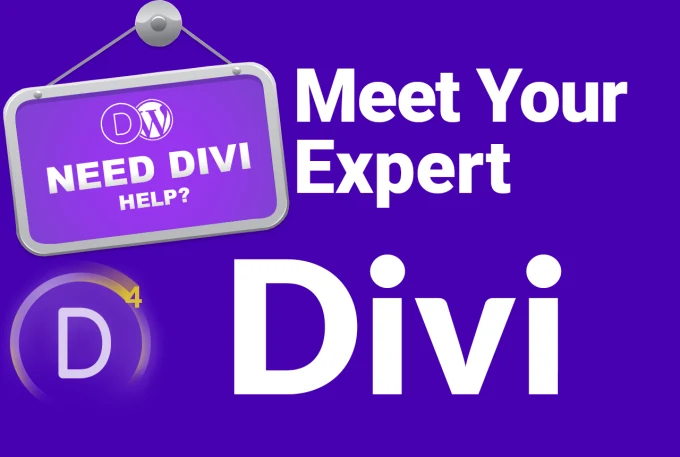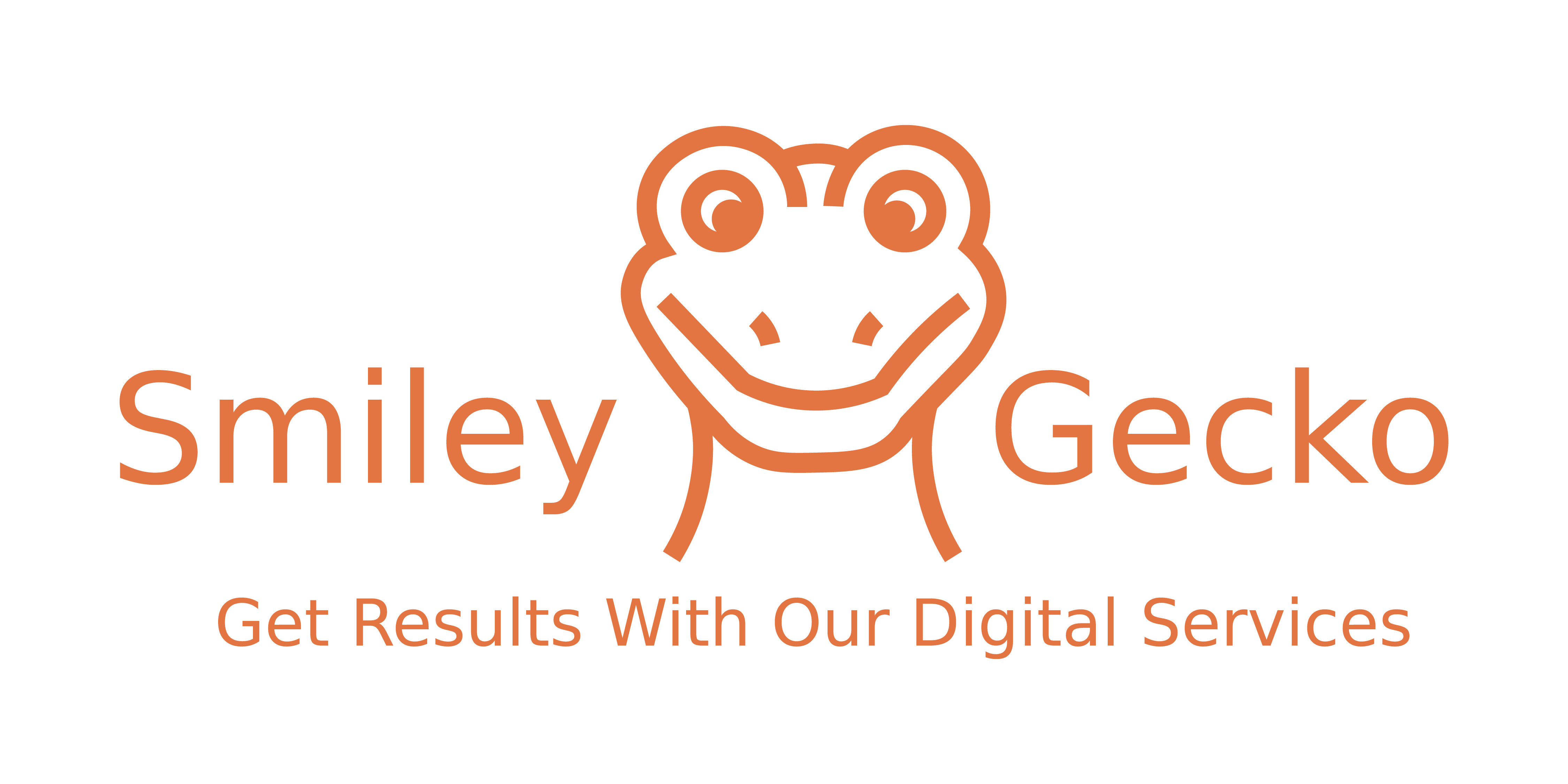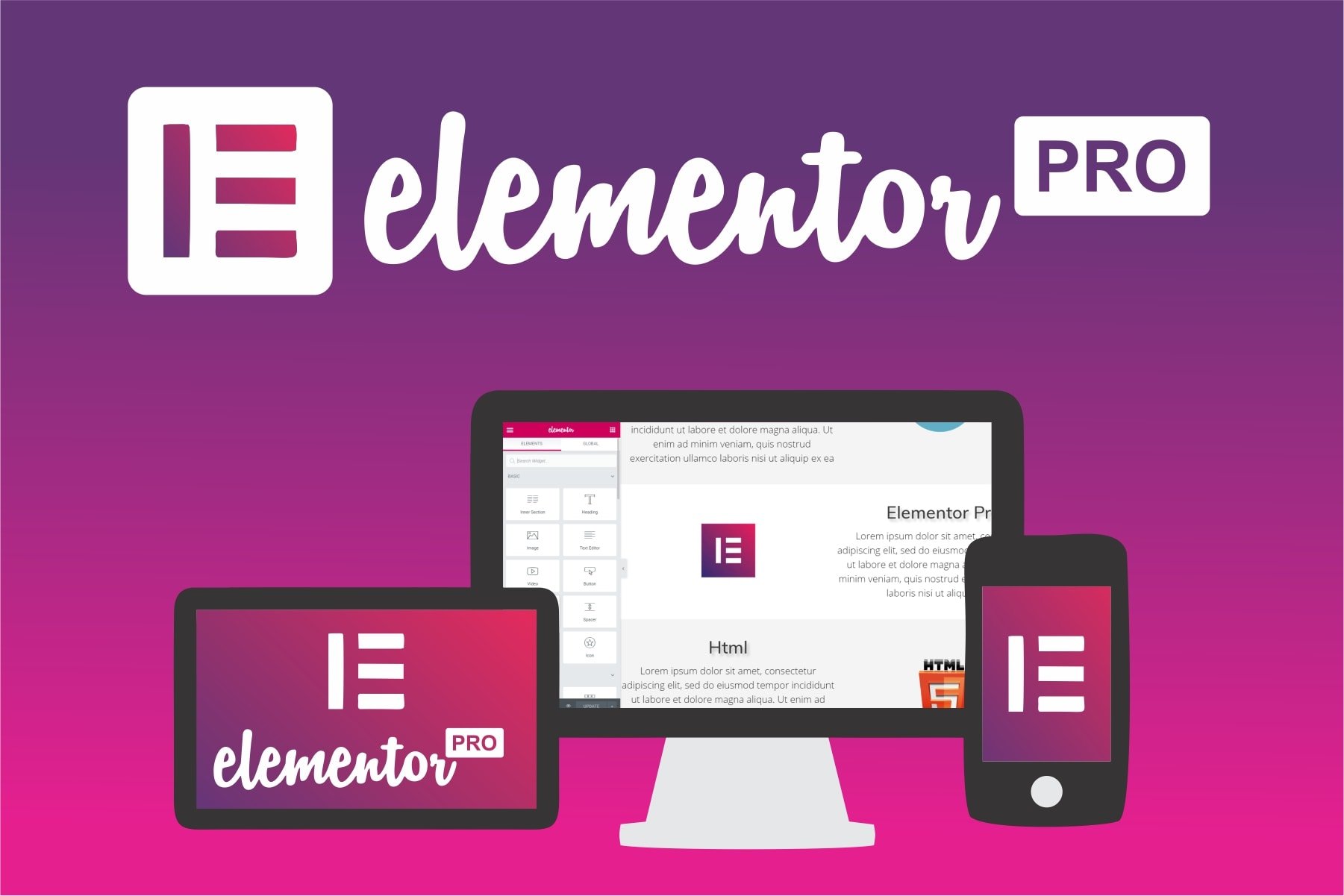
The Basics of Social Media Marketing
Social media marketing is the use of social media platforms and websites to promote a product or service. It is a form of digital marketing that involves creating and sharing content on social media networks to achieve your marketing and branding goals. Social media marketing can help you increase brand awareness, generate leads, drive traffic, and boost sales.
But how do you get started with social media marketing? What are the best practices and strategies to follow? How do you measure your results and improve your performance? In this blog, we will answer some of the most common questions about social media marketing and provide you with some tips and tricks to succeed in this field.
What are the benefits of social media marketing?
Social media marketing can offer many benefits for your business, such as:
- Reach a large and diverse audience: Social media platforms have billions of active users worldwide, who have different demographics, interests, and preferences. You can use social media to reach and engage with your target audience, as well as discover new potential customers.
- Build trust and loyalty: Social media allows you to interact with your audience in a more personal and authentic way. You can share valuable information, answer questions, address feedback, and show your brand personality. This can help you build trust and loyalty among your customers and prospects.
- Increase brand awareness and recognition: Social media can help you increase your brand visibility and exposure. You can use social media to showcase your products or services, share your story, and highlight your unique value proposition. You can also use social media to leverage user-generated content, such as reviews, testimonials, and referrals, to boost your brand reputation and credibility.
- Drive traffic and conversions: Social media can help you drive more traffic to your website or landing page, where you can convert your visitors into leads or customers. You can use social media to share your blog posts, videos, podcasts, ebooks, webinars, and other content that can attract and educate your audience. You can also use social media to create and run ads, contests, giveaways, and other campaigns that can generate interest and action from your audience.
- Improve customer service and satisfaction: Social media can help you improve your customer service and satisfaction. You can use social media to provide timely and convenient support to your customers, as well as to collect feedback and suggestions. You can also use social media to monitor and manage your online reputation and to respond to any negative comments or reviews that may affect your brand image.

What are the best social media platforms for marketing?
There is no one-size-fits-all answer to this question, as different social media platforms have different features, audiences, and purposes. The best social media platforms for marketing depend on your business goals, target audience, industry, and budget. However, some of the most popular and effective social media platforms for marketing are:
- Facebook: Facebook is the largest and most widely used social media platform in the world, with over 2.8 billion monthly active users. Facebook allows you to create a business page where you can post and share various types of content, such as text, images, videos, live streams, stories, polls, and events. You can also use Facebook to create and join groups where you can interact with your niche community and potential customers. Facebook also offers a range of advertising options, such as boosted posts, carousel ads, video ads, lead ads, and messenger ads, that can help you reach and target your ideal audience.
- Instagram: Instagram is a photo and video-sharing social media platform with over 1 billion monthly active users. Instagram allows you to create a business profile where you can post and share high-quality and engaging visual content, such as photos, videos, stories, reels, and IGTV. You can also use Instagram to create and run shoppable posts and stories, where you can tag your products and allow your customers to shop directly from your content. Instagram also offers various advertising options, such as photo ads, video ads, carousel ads, story ads, and explore ads, that can help you increase your brand awareness and conversions.
- X: X is a micro-blogging and social networking platform, with over 330 million monthly active users. X allows you to create a business account, where you can post and share short and concise messages, known as tweets, that can include text, images, videos, links, hashtags, and mentions. You can also use X to follow and engage with your industry influencers, competitors, and customers, as well as to join and participate in relevant conversations and trends. X also offers various advertising options, such as promoted tweets, promoted accounts, promoted trends, and X cards, that can help you increase your reach and engagement.
- LinkedIn: LinkedIn is a professional and business-oriented social media platform, with over 760 million monthly active users. LinkedIn allows you to create a business page, where you can post and share informative and valuable content, such as articles, videos, slides, and podcasts, that can showcase your expertise and authority. You can also use LinkedIn to create and join groups, where you can network and connect with your industry peers and prospects. LinkedIn also offers various advertising options, such as sponsored content, sponsored messaging, text ads, and dynamic ads, that can help you generate leads and sales.
- YouTube: YouTube is the largest and most popular video-sharing and streaming platform in the world, with over 2 billion monthly active users. YouTube allows you to create a business channel, where you can upload and share high-quality and engaging videos, such as tutorials, demos, testimonials, interviews, and live streams, that can educate and entertain your audience. You can also use YouTube to create and run video ads, such as skippable ads, non-skippable ads, bumper ads, and discovery ads, that can help you increase your brand awareness and conversions.
How do you create a social media marketing strategy?
A social media marketing strategy is a plan that outlines your goals, objectives, tactics, and metrics for using social media to grow your business. A social media marketing strategy can help you focus your efforts, optimize your resources, and measure your results. Here are some steps to create a social media marketing strategy:
- Define your goals and objectives: The first step is to define what you want to achieve with social media marketing. Your goals and objectives should be specific, measurable, achievable, relevant, and time-bound (SMART). For example, you may want to increase your brand awareness, generate more leads, drive more traffic, or boost your sales. You should also align your goals and objectives with your overall business and marketing goals.
- Identify your target audience: The next step is to identify who you want to reach and engage with on social media. Your target audience is the group of people who are most likely to be interested in your products or services, and who can benefit from them. You should research and understand your target audience’s demographics, psychographics, behaviors, needs, and preferences. You can use tools such as Google Analytics, Facebook Insights, and Twitter Analytics to collect and analyze data about your audience.
- Choose your social media platforms: The third step is to choose which social media platforms you want to use for your marketing. You should select the platforms that best suit your goals, objectives, audience, industry, and budget. You should also consider the strengths and weaknesses of each platform, as well as the type and quality of content that works best on each platform. You don’t have to use all the platforms available, but rather focus on the ones that can help you achieve your desired results.
- Create and share valuable content: The fourth step is to create and share valuable content on your chosen social media platforms. Your content should be relevant, useful, engaging, and consistent with your brand’s voice and tone. You should also use a variety of content formats, such as text, images, videos, live streams, stories, polls, and events, to cater to your audience’s preferences and needs. You should also use keywords, hashtags, and mentions to optimize your content for search and discovery. You can use tools such as BuzzSumo, Canva, and Lumen5 to create and share content on social media.
- Engage with your audience: The fifth step is to engage with your audience on social media. Engagement is the process of interacting with your audience, such as liking, commenting, sharing, and responding to their content, questions, feedback, and reviews. Engagement can help you build trust and loyalty, increase your reach and visibility, and improve your customer service and satisfaction. You should also monitor and manage your online reputation and address any negative comments or reviews that may affect your brand image. You can use tools such as Hootsuite, Sprout Social, and Buffer to manage and monitor your social media engagement.
- Measure and analyze your results: The final step is to measure and analyze your results on social media. Measurement is the process of tracking and evaluating your social media performance, such as your reach, impressions, clicks, likes, shares, comments, followers, leads, conversions, and sales. Analysis is the process of interpreting and understanding your social media data, such as your strengths, weaknesses, opportunities, and threats. Measurement and analysis can help you determine your return on investment (ROI), identify your best practices and areas for improvement, and optimize your social media strategy. You can use tools such as Google Analytics, Facebook Analytics, and Twitter Analytics to measure and analyze your social media results.





0 Comments